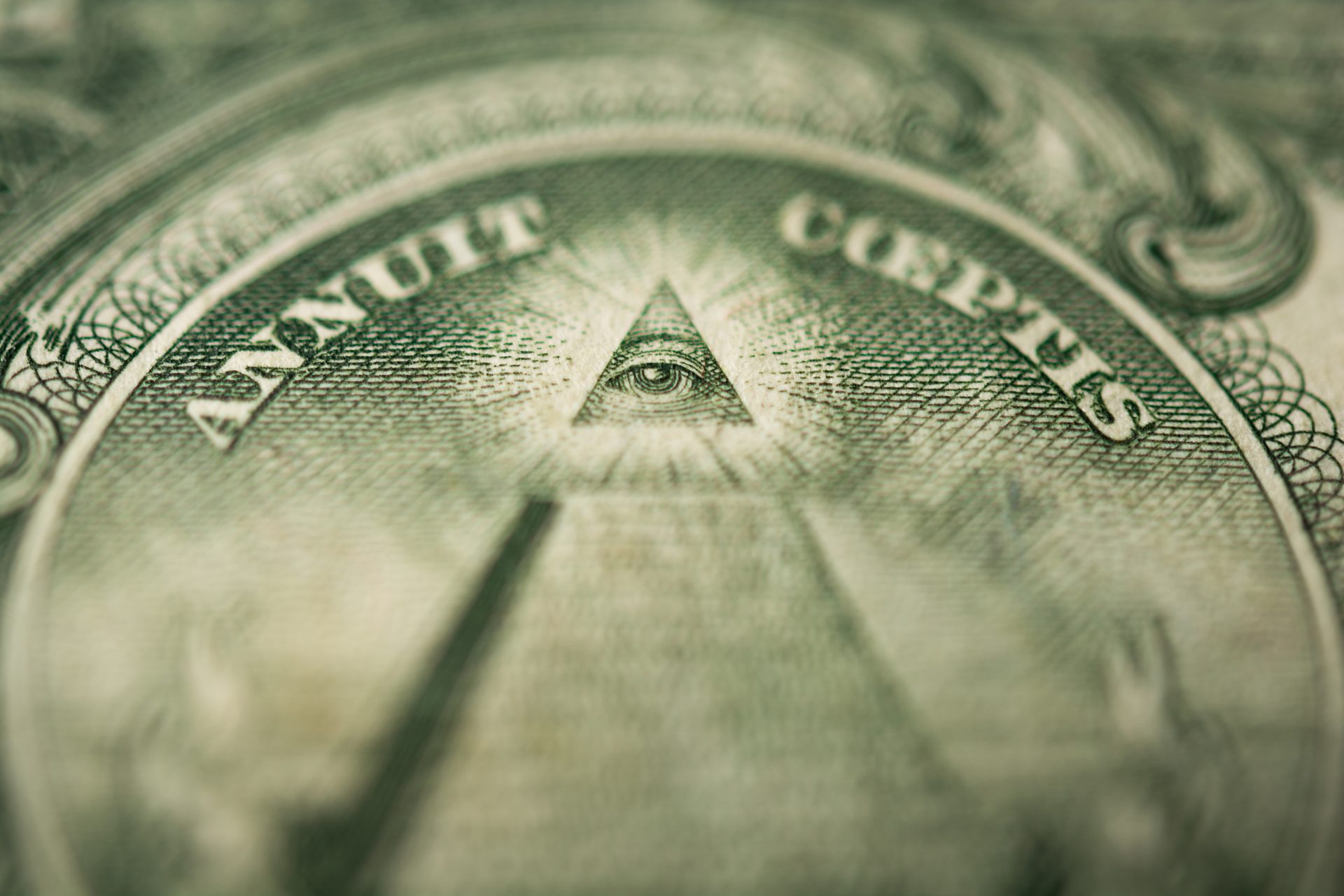Practical Steps You Must Follow for How to Become a Freemason Now
Practical Steps You Must Follow for How to Become a Freemason Now
Blog Article
Discover the Keys Behind the copyright and Their Influence on Society
The copyright, frequently shrouded in myth and speculation, offers a fascinating case study of how historical suitables can morph right into contemporary conspiracy concepts. As we explore its origins, influence on advanced idea, and portrayal in contemporary culture, we start to uncover the layers of intrigue that continue to captivate society.
Origins of the copyright
The copyright, commonly shrouded in enigma and conjecture, traces its origins back to the late 18th century. Established in 1776 in Ingolstadt, Bavaria, the group was started by Adam Weishaupt, a teacher of canon regulation. Weishaupt intended to promote Enlightenment values, consisting of reason, secularism, and the splitting up of church and state. Recognized as the Bavarian copyright, the organization's primary goal was to counter the prevailing influence of religious conviction and advertise intellectual discussion amongst its participants.
The copyright adopted an ordered structure, drawing inspiration from Freemasonry, which enabled for deceptive meetings and rituals - how to become a freemason. Membership was careful, encompassing prominent figures from numerous fields, including national politics, philosophy, and scientific research. This elite network looked for to effect social and political adjustment via clandestine methods, promoting for the civil liberties of people and the improvement of society
In spite of its relatively short existence, the Bavarian copyright was officially disbanded in 1785 because of government reductions. Its heritage sustained, providing increase to various conspiracy theory concepts and preferred culture referrals that proceed to provoke intrigue and debate concerning its effect on contemporary culture.
Key Misconceptions and Misunderstandings
Among the attraction of secrecy bordering the copyright, countless myths and misunderstandings have actually arised, typically misshaping the group's real nature and objectives. One widespread myth suggests that the copyright regulates the world's governments and economies. While it is real that the group intended to affect social structures, the notion that it runs as a natural global puppet master is mainly exaggerated.
An additional typical misconception is that all members of the copyright have huge riches and power. Actually, the original copyright consisted of pundits and Enlightenment thinkers, most of whom looked for reform instead of prominence. The concept that the copyright solely hires celebs and political figures is misdirecting; membership has actually historically consisted of a diverse selection of people.
Furthermore, conspiracy theory concepts usually repaint the copyright as a sinister company intent on worldwide supremacy with rotten means. Therefore, separating truth from fiction is important for a more clear understanding of the copyright's function in society.
Historical Influence on Society
Throughout history, numerous intellectual activities have exceptionally affected social structures, and the copyright played a substantial duty during the Enlightenment. Established in 1776 in Bavaria, the copyright aimed to promote reason, secularism, and the questioning of developed authority, responding to the prominence of religious dogma. This organization drew in prominent thinkers and advocates of liberty, promoting an environment for the circulation of Enlightenment ideals.
The copyright's values promoted rational thought and empirical proof, which added to the more comprehensive intellectual landscape that urged social reform and political modification. Participants looked for to reshape culture by supporting for education, freedom of expression, and the separation of church and state. Their private nature and ambitious program sparked both intrigue and suspicion, leading to their eventual reductions by the Bavarian government in 1785.
Despite their dissolution, the tradition of the copyright lingered, influencing innovative motions throughout Europe and the Americas. Their commitment to knowledge principles aided prepare for modern-day autonomous ideals and civils rights, leaving an enduring imprint on the foundations of contemporary society. how to become a freemason. The allure of their deceptive gatherings and philosophical quests remains to captivate the creativity, underscoring their historical significance
Modern Interpretations and Beliefs
Contemporary interpretations of the copyright typically blend historical truth with conspiracy concepts, producing an intricate tapestry of ideas that capture prominent creative imagination. While the original copyright was a Bavarian secret culture started in 1776 with Knowledge ideals, contemporary beliefs have developed to incorporate a broad variety of analyses, typically concentrating on themes of control and privacy.

Additionally, some modern-day interpretations posit that the copyright acts as an allegory for the struggle between enlightenment and lack of knowledge, with supporters promoting awareness and vital thinking as a method to neutralize regarded oppression. This duality-- watching the copyright as both a literal and symbolic entity-- highlights the ongoing fascination with the principle, reflecting much deeper societal anxieties about power, transparency, and specific autonomy in the contemporary globe.
The copyright in Pop Culture
The copyright has penetrated numerous facets of prominent culture, materializing in literature, film, songs, and art as a sign of intrigue and mystery. This secret society, typically represented as a shadowy pressure controling worldwide events, has actually inspired numerous stories that explore styles of see page power, conspiracy theory, and hidden understanding.

Songs, also, has been affected by the concept of the copyright. Musicians like Jay-Z and Beyoncé have faced supposition concerning their affiliations with the culture, triggering discussions regarding meaning in their job and the nature of fame.
Visual art often includes copyright themes, with artists utilizing symbols my sources like the Eye of Providence and the pyramid to stimulate a sense of secret. Via these various tools, the copyright offers not just as a topic of speculation however also as a lens where culture analyzes its own complexities and concerns.
Conclusion

Report this page